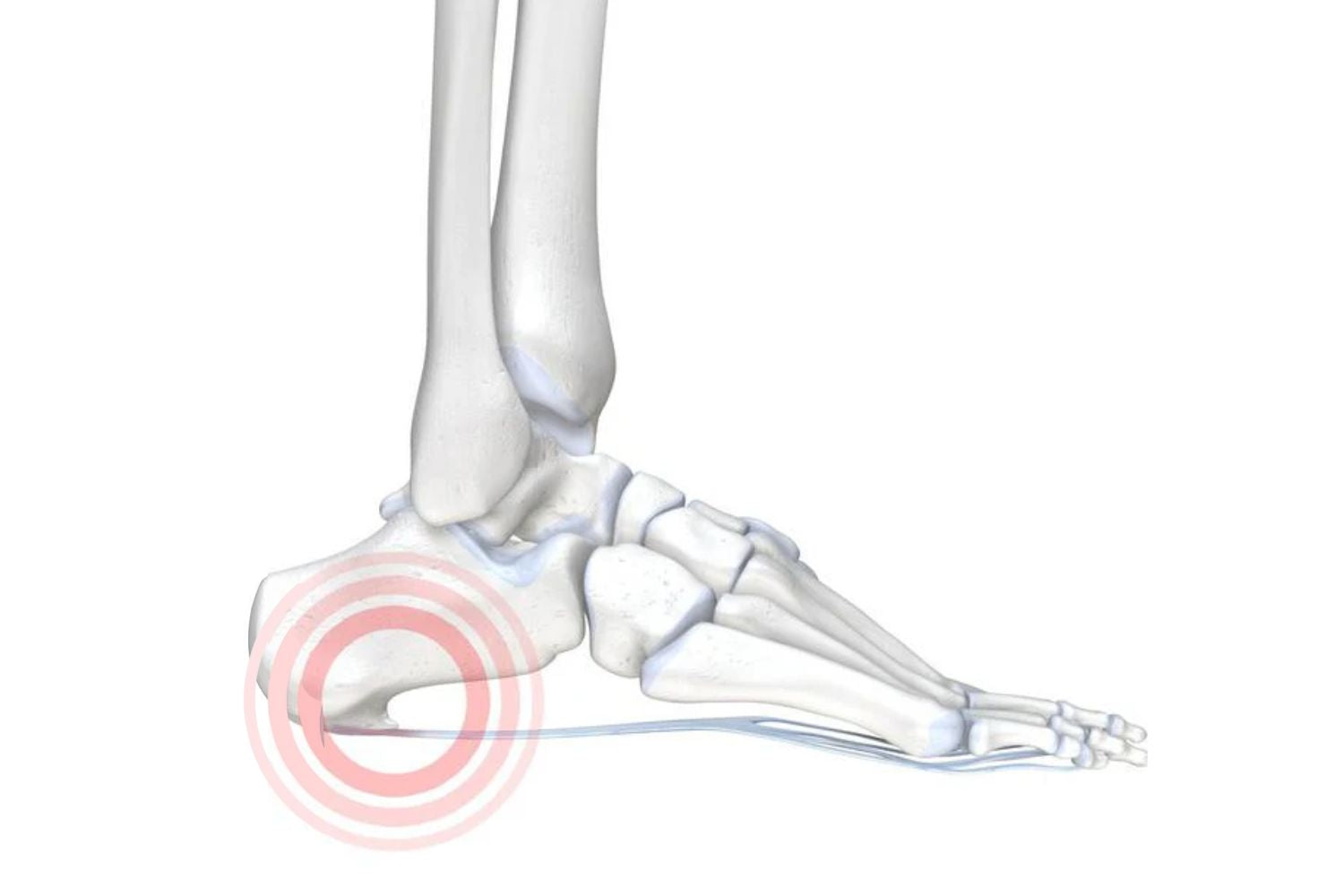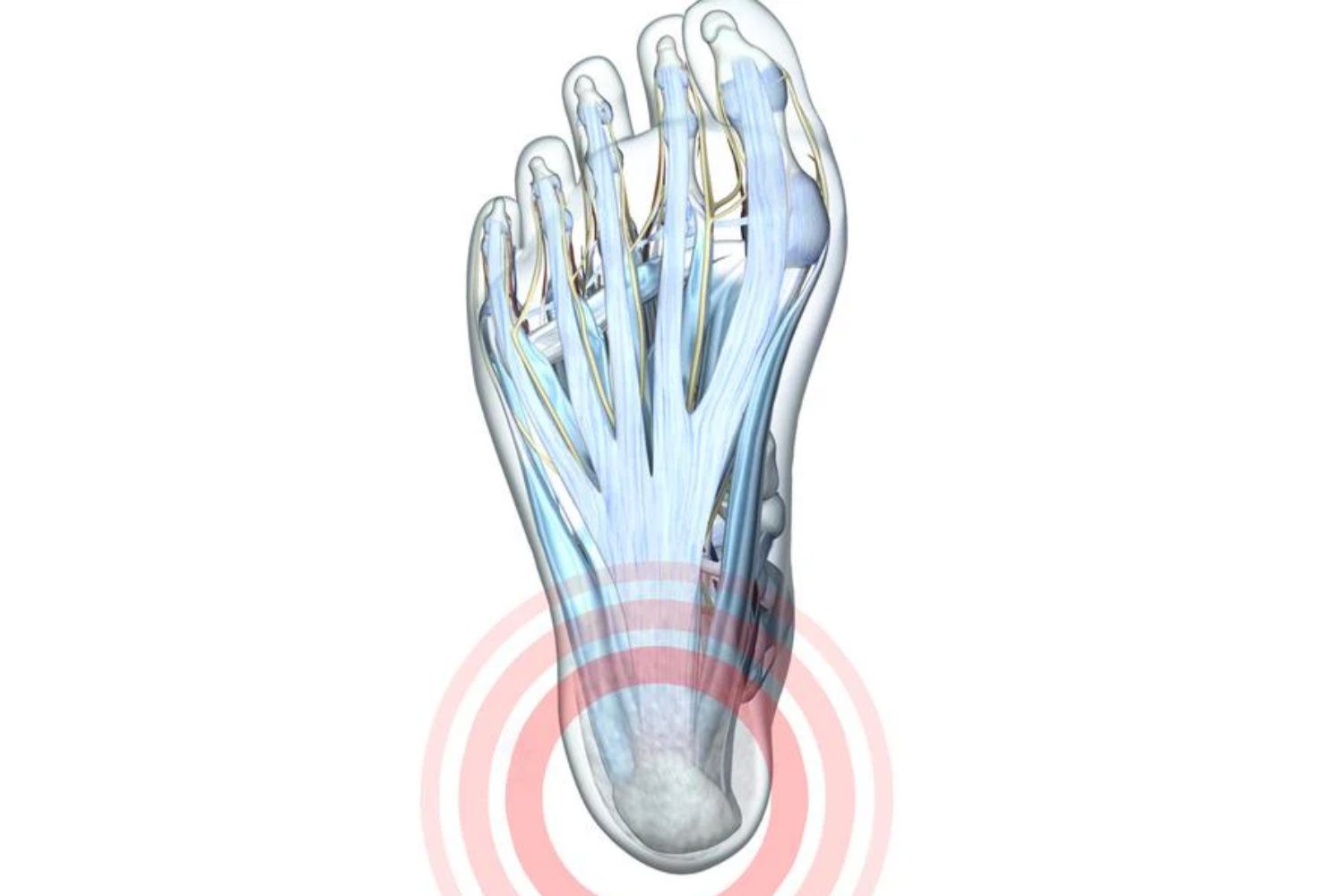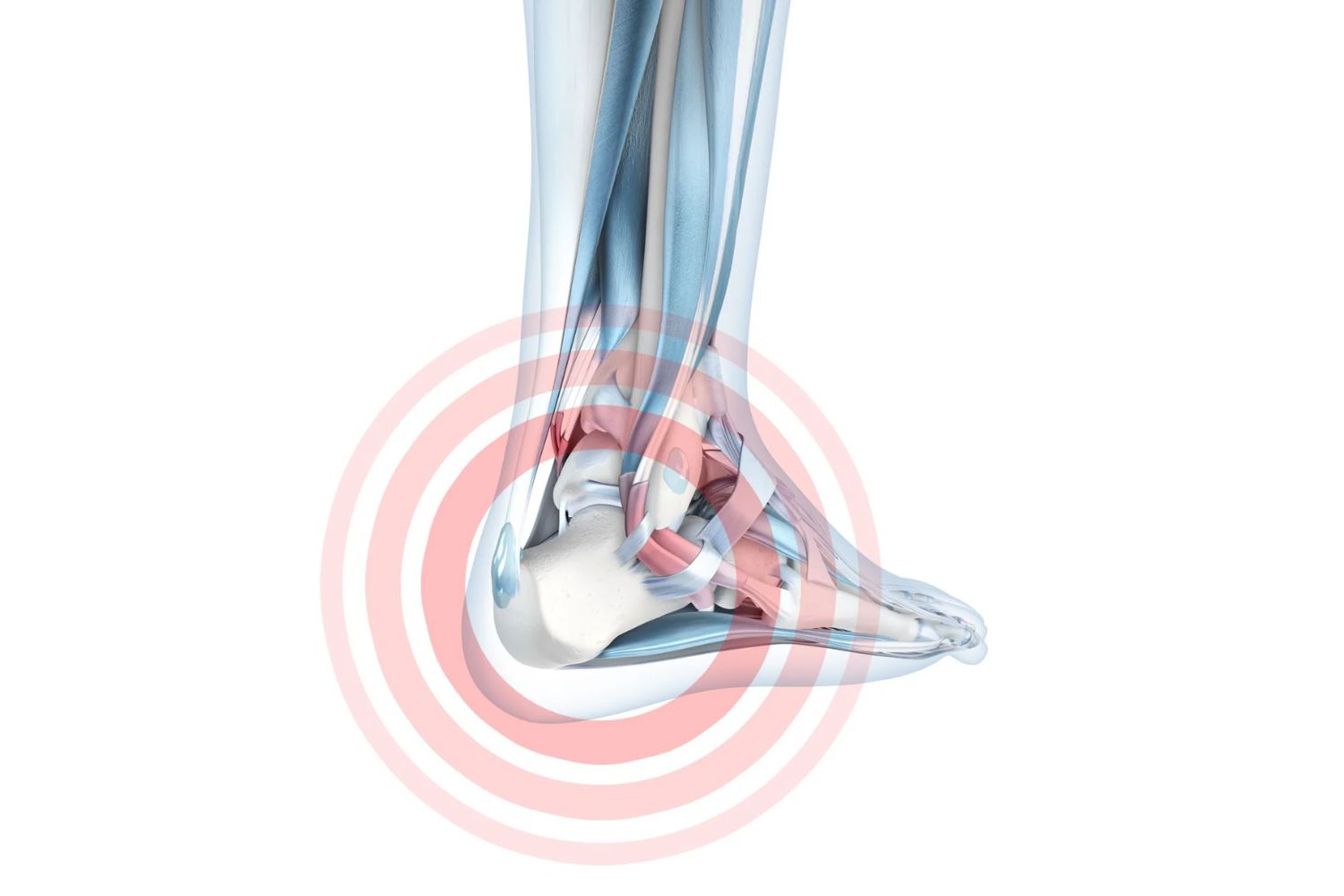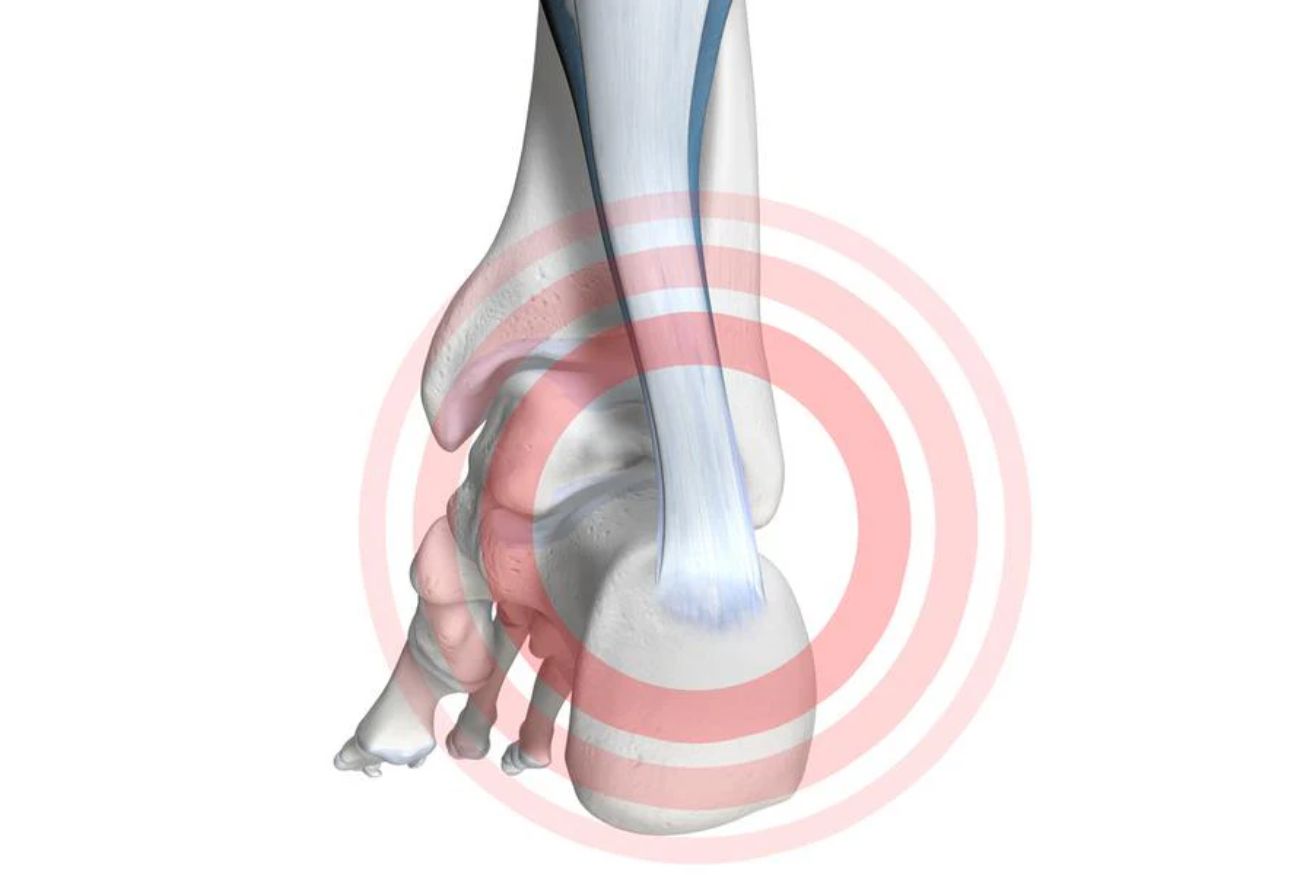
Heel Spurs - Bony Overgrowth of the Heel Bone
Some patients can develop small bone growths on the heel, more commonly known as Heel Spurs. Mild cases can go undetected for long periods of time before apparent symptoms become present.

Heel Pain - Causes, Diagnosis, Symptoms & Treatment
Excessive stress on the heel can lead to long-term bone degeneration. In mild cases, you may experience pain in the morning after a long night’s sleep. The symptoms disappear. However, the underlyi...

Commonly available work safety boots are often found to be inadequate footwear for the long-term well-being of the feet and have been proven to lead to the development of pain in the heel.

Haglund’s deformity is most commonly caused by abnormalities in the bone and soft tissues of the feet. It is a degenerative condition that can lead to painful bony growths at the rear of the heel.













